All of our succulent plugs are sent well-rooted and bound in their plug soil. They are healthy, well established babies that are ready to be potted in a permanent home. The plugs can be planted into a pot/container, terrarium, plants hangers, wellies… tea cups! Whatever takes your fancy. Scroll below for our comprehensive succulent care guide for well-rooted plug plants.
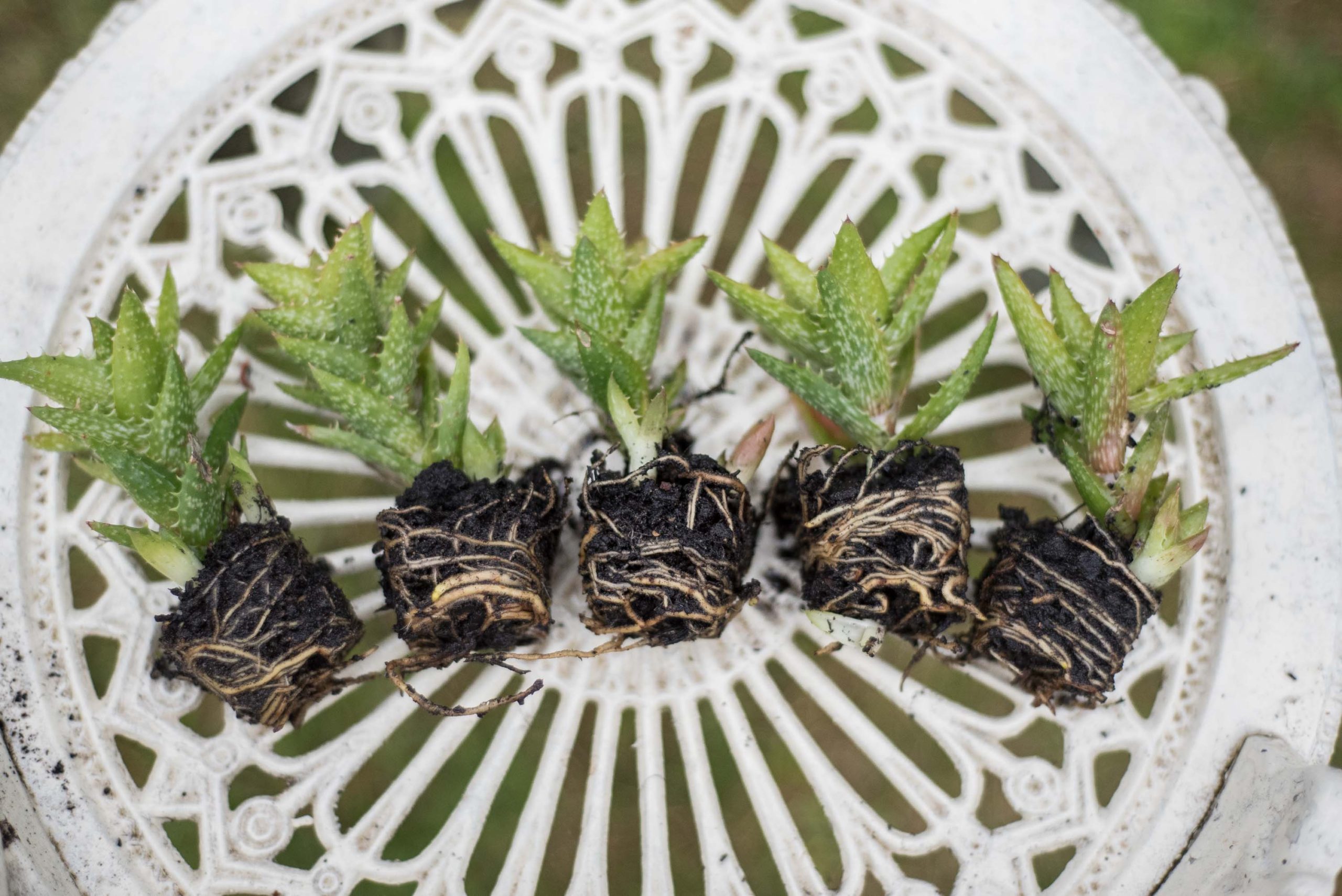
On Arrival
As with all our plants, make sure your plugs are put in some
good light to soak up after their journey in the dark. Succulents love light! while most succulent enjoy strong light, certain succulent varieties prefer an indirect light so it’s best to double check this before scorching them in hot sun and risk burning the leaves.
Inspect your plants on arrival. We do our very best to ensure your succulents arrive in perfect condition. If you have any concerns about their condition please contact us right away. Some succulents will shed their lower leaves in the transport and re-planting process. This is completely normal so please don’t worry. You can simple wiggle these shedding leaves and dispose of them. You can even propagate these into new plants!

Succulents change colour throughout the year as the levels and quality of sunlight change. We try to list pictures of winter and summer colour variations where possible to help you understand your plant’s characteristics when choosing
Choosing a home for your succulent
When choosing a home for your succulent, it’s best to start small so the plants are fairy ‘pot-bound’. This ensures there isn’t too much soggy soil sitting around the roots. You can keep up-grading the size of the pot as the roots fill each size. Consider the pots as stepping stones until you have them in your desired container size. It’s worth noting that if succulents are kept in small pots, most are pretty happy and will basically bonsai. As long as they have sufficient water, you can keep them small if you so desire.
Most growers will advise you to pick a container with holes in the bottom to ensure good water drainage from the pot. Whilst this is excellent advise, we’ve had lots of success growing succulents in containers without holes too. If you want to go down this route, the key is to be extra cautious with watering so that there is never a puddle in the bottom of the container. A moisture meter might come in handy here.
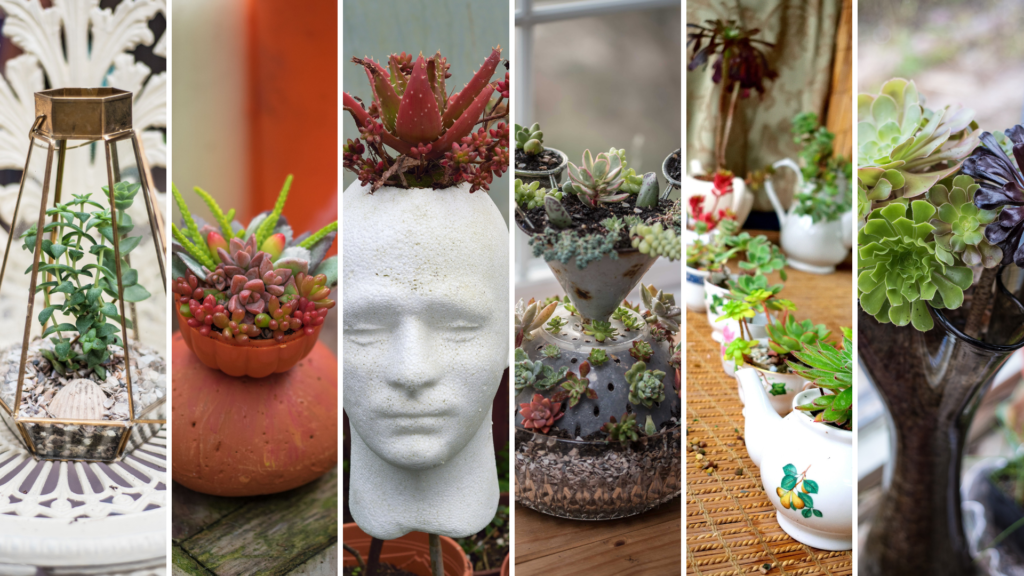
If you’ve purchased from our Coastal Hardy collection, these plants are quite happy to go straight into the ground outside during the warmer months (April to October in the UK). In the colder months, it’s best to keep them in a protected environment as they won’t have had much time to establish themselves in the ground before the cold sets in. By the following winter, they will be happy to go a full winter outside in a UK coastal garden.
Please be aware that if you don’t live in a low lying coastal area, it is best to keep your plants indoors during the winter.
Succulent soil?
What soil should I use for my succulents? This is a very common question we get asked.
Succulents like to be in soil that allows water to drain freely from around the roots. They like a good drink, but they don’t like to be sat in water. For this reason, it is advised to mix your normal potting soil with material that has larger components such as crushed shell, gravel, perlite or pumice. All of our succulents are grown in locally sourced, peat free compost. We tend to use sand and crushed shell with most of our plants; 2 thirds soil to 1 third drainage. There is no right or wrong here; you are just trying to make it easier for the water to drain away from the soil. Succulents don’t like soggy bottoms or wet feet!
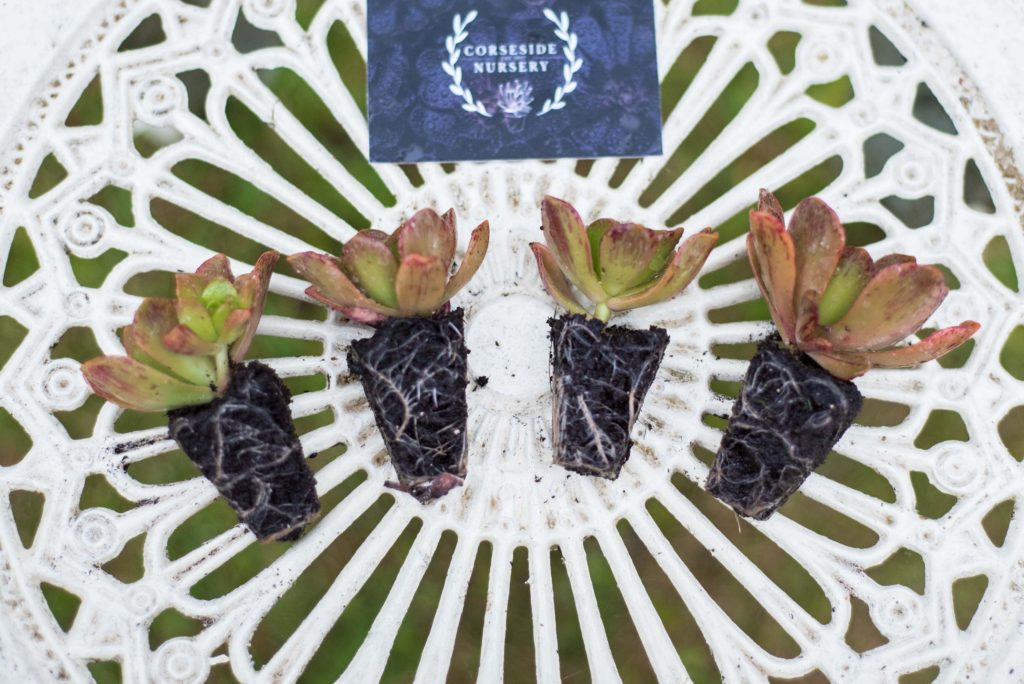
Watering your succulents
It is best to give your succulents a good soak when they are in position in their new pot or planter. The new soil will likely be very dry so it’s good to have this initial burst of water. If you’ve chosen a pot with drainage holes in the bottom, standing your pots on a watering tray is the best way to monitor their water requirements. If you ever see a puddle in the tray, there is too much water in the pot. If the tray has been empty for a while, you can add some water to it and allow the plant to soak up any it needs overnight before pouring excess away.
The trick with succulents is to try and mimic the droughts and monsoons they experience in their native environments. The leaves of succulents are designed to soak up extra water to keep them going through periods of drought, so their requirements tend to be much less than traditional house plants. They thrive on neglect! Treat them mean to keep them keen.

A note on Seasons and the
Growing Environment
It is worth noting that growth rates and watering requirements are going to change quite significantly throughout the year in the UK. Succulents require much more water in the summer months and some may even need protection from harsh midday heat. Be mindful of this when reading advice. You need to adjust your care to suit your own needs. A succulent growing on a windowsill right next to a radiator is going to need much more water than one growing in a cold utility room for example.
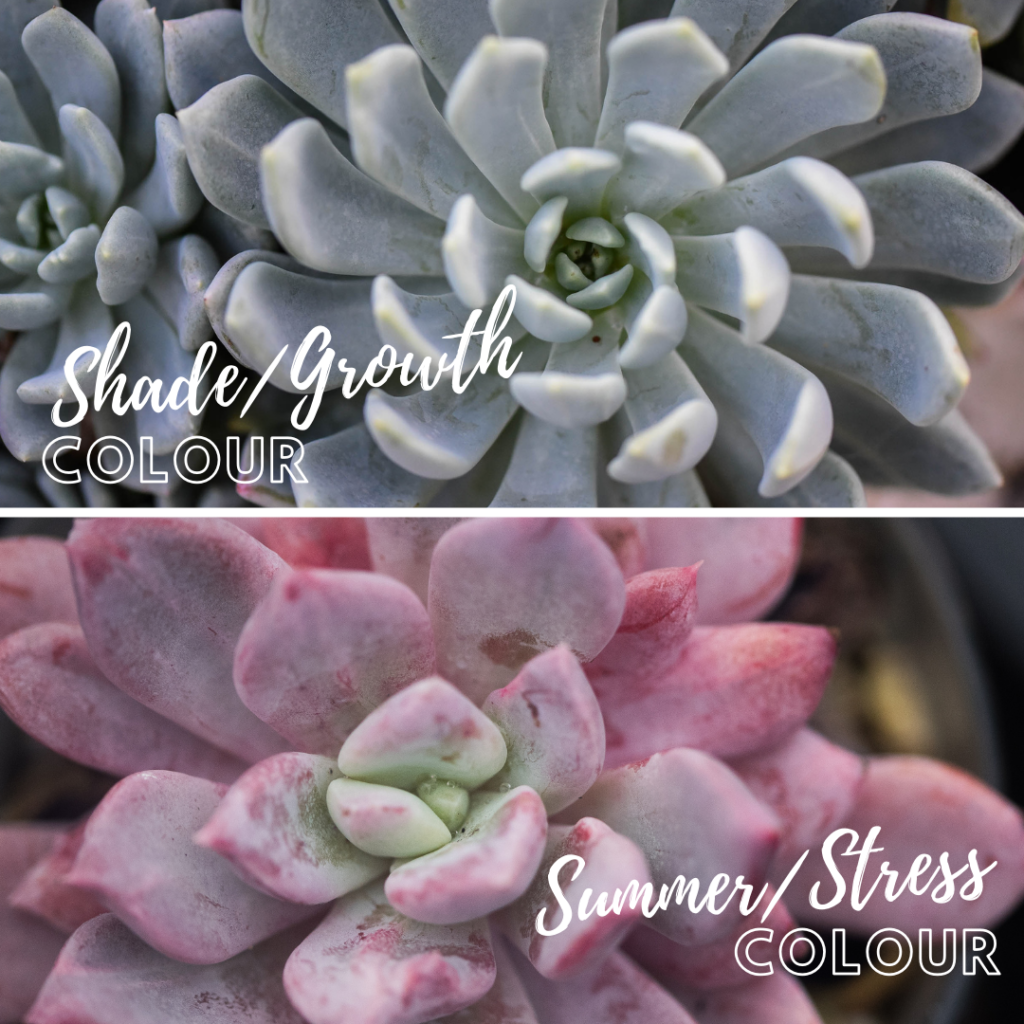
Succulent Food
Should you feed your succulents?
There is a lot of talk about succulent feed. To be completely honest, we’ve never fed our plants with anything other than water, soil and sunlight (and the odd conversation to keep them sane) so we don’t advise this as a necessary step.

We hope that’s helpful!
Thanks for reading, and happy growing!
We’ve created a facebook group called ‘Secrets of Succulents’ for our succulent obsessed community and would love for you to come and join in the conversation here. This is a safe space to ask questions and troubleshoot and a place to share your wins and successes. We’d love to see how you’re getting on with your new plant babies.
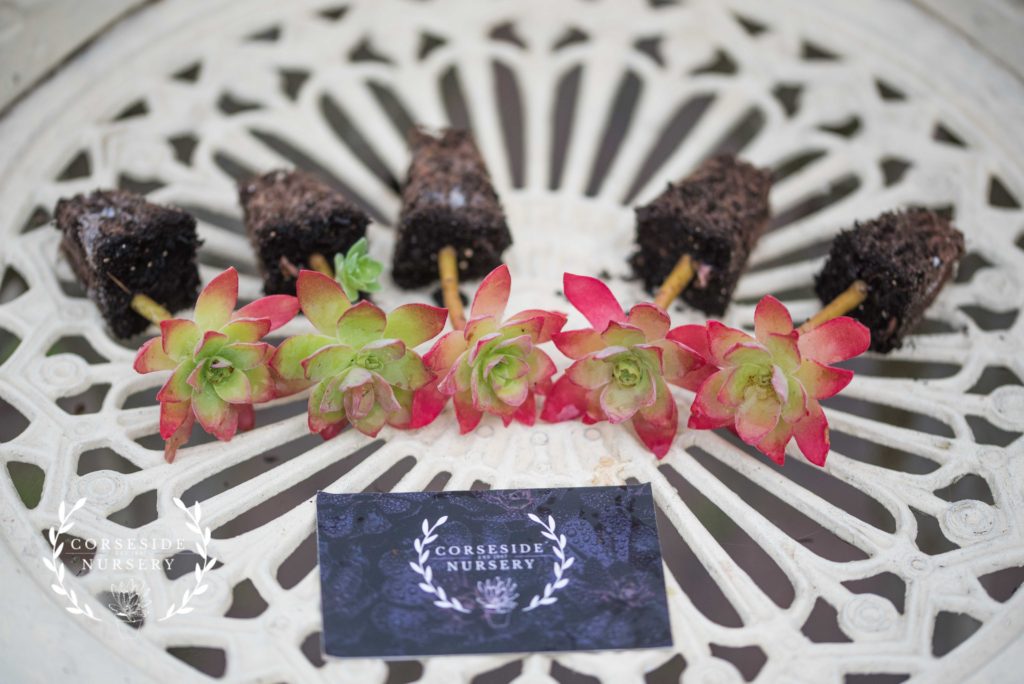
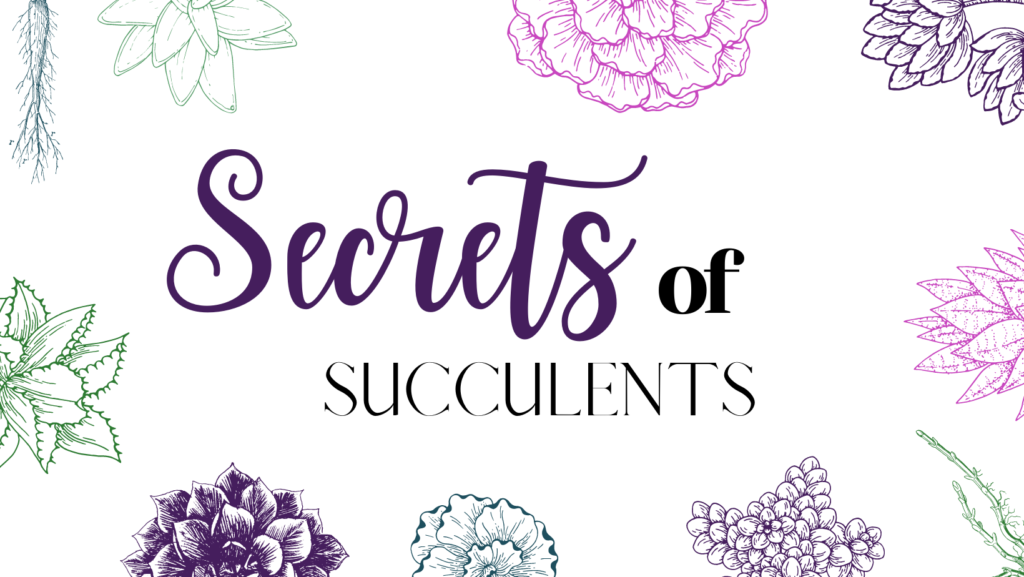
It’s my privilege to own some of your well looked after rooted specimens and delighted were all in perfect condition. So many to choose from so decided to start with Aeonium! Did I spelt that right? Feel in love with them.
Thanks for your kind words Maria! And yes, Aeonium is right! They are so addictive aren’t they 😀
Pingback: How to Propagate Succulents from Leaf Cuttings - Corseside Nursery Pembrokeshire - Buy Succulents Online UK plants by post peat free delivery organic Aeonium Echeveria Aloe Crassula House Plant order
My plants have just arrived and they look wonderful. My first purchases from yourselves but I am sure there will be more. Unfortunately no sunlight at the mo but they are in a room that is quite bright and airy so I’m hoping this will suit them. Thanks for these very healthy plants. Beautifully packed as well, so they arrived in perfect shape.
That’s wonderful news! Thank you for the review Joyce! Happy Growing 😀
Hi, received my plants aoniums earlier this year, kept inside till weather warmed up, now outside in largish pot 2 together and looking great, really happy with them, water when think needed but not often, depends on weather, putting in green house over winter, really great, thank you, Chris.
Aww that’s lovely to hear Chris. So pleased you are getting on well with your new plants.
Happy Growing!
Rosie
Corseside Nursery
Have you ever experimented with using unconventional materials in your succulent soil mix, such as recycled glass or shredded rubber? How did it affect the growth and health of your plants?
Hi there, we have experimented with lots of different materials. We do find that drainage is key, rather than the type of soil and using unconventional materials is a great way to recycle. We often use broken bits of pots or plastic in the bottom of large containers to help create those drainage channels. Sand and crushed shell are our ‘go-to’ for the succulent soil itself.